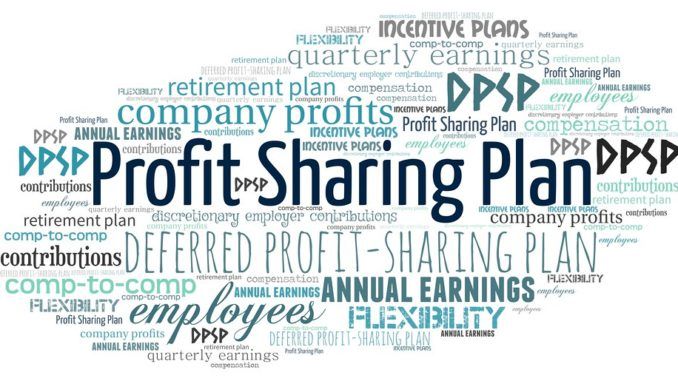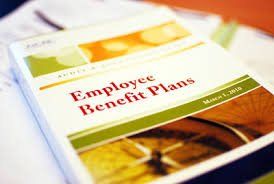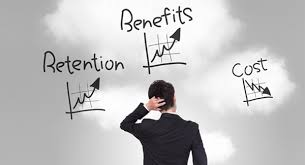The Hidden Costs of Group RRSPs
- By Paul Bajus - BFPartners
- •
- 08 Jun, 2020
- •

Group RRSP’s are by far the most common method for employers to help employees save for their retirement. They’re easy to set up, there is very little administration required from the employer’s point of view, and employees like them because they don’t have the restrictions of pensions. Typically when we think of the employer’s cost of a group RRSP we are thinking only in terms of the contribution to the plan. Ie, our payroll is $1 million a year, the plan states that the company will match up to 3% of earnings, then assuming everyone joins and contributes the maximum, our cost as a company is $30k a year. Simple.
The hidden costs are the increased payroll taxes. Group RRSP contributions by the employer are considered a taxable benefit on the employee’s pay. For instance, if an employee’s base pay is $50k and the employer is contributing 3% to the plan for them then that equals a $1500 taxable benefit and the employee’s T4 now says $51,500. With that taxable benefit can come increased CPP, EI, WCB and now the real game changer, Employer Health Tax (EHT). The reason I say game changer is because with CPP, EI and WCB there are contribution maximums (for 2020 CPP=$58,700, EI=$54,200 and WCB=$87,100), so for an employer with mainly higher paid workers they might not have paid a lot more in payroll taxes from having a standard Group RRSP because the majority of their employees had already hit the maximum. EHT is different though, there is no maximum, in BC if your payroll is over $500,000 you pay, period, and over $1.5 million it is 1.95%. Ontario and Manitoba also have employer health taxes. And hands up who thinks those taxes are going to go down. No one??
In our $50,000 employee example, if the employee was in BC that $1500 RRSP contribution would attract an additional $273.63 combined employer and employee payroll taxes, or over 18% of the actual contribution. As you can imagine if you multiply that by dozens or hundreds of employees it can turn in to a big number.
So what is the solution? There are actually a few solutions and the right one for your organization depends on a number of factors with what you are trying to achieve with your plan, but they include a structured Group RRSP with withdrawal restrictions, a Defined Contribution Pension Plan (DCPP), and a Deferred Profit Sharing Plan (DPSP). With the structured Group RRSP it is a relatively easy fix to the standard Group RRSP and would mean you wouldn’t have to pay CPP, EI or WCB on the RRSP taxable benefit (but would still have to pay EHT). With the DCPP while it solves the payroll tax issue it comes with its own issues such as lack of flexibility and more government regulations/complexity. In our minds the DPSP is extremely underutilized as a tool for employers to use, the drawbacks are minor and there are other potential benefits. DPSP contributions are made only by the employer and they are treated the same for tax purposes as pension contributions, they are NOT considered a taxable benefit and the employer records the amount of the contribution on the employee’s T4 as a Pension Adjustment which reduces the employee’s RRSP contribution limit. Because the contributions are not considered a taxable benefit the contributions do not attract any additional payroll taxes – including for the Employer Health Tax which expressly excludes DPSP contributions from their definition of earnings.
In our next blog we’ll look into DPSP’s in more detail!


